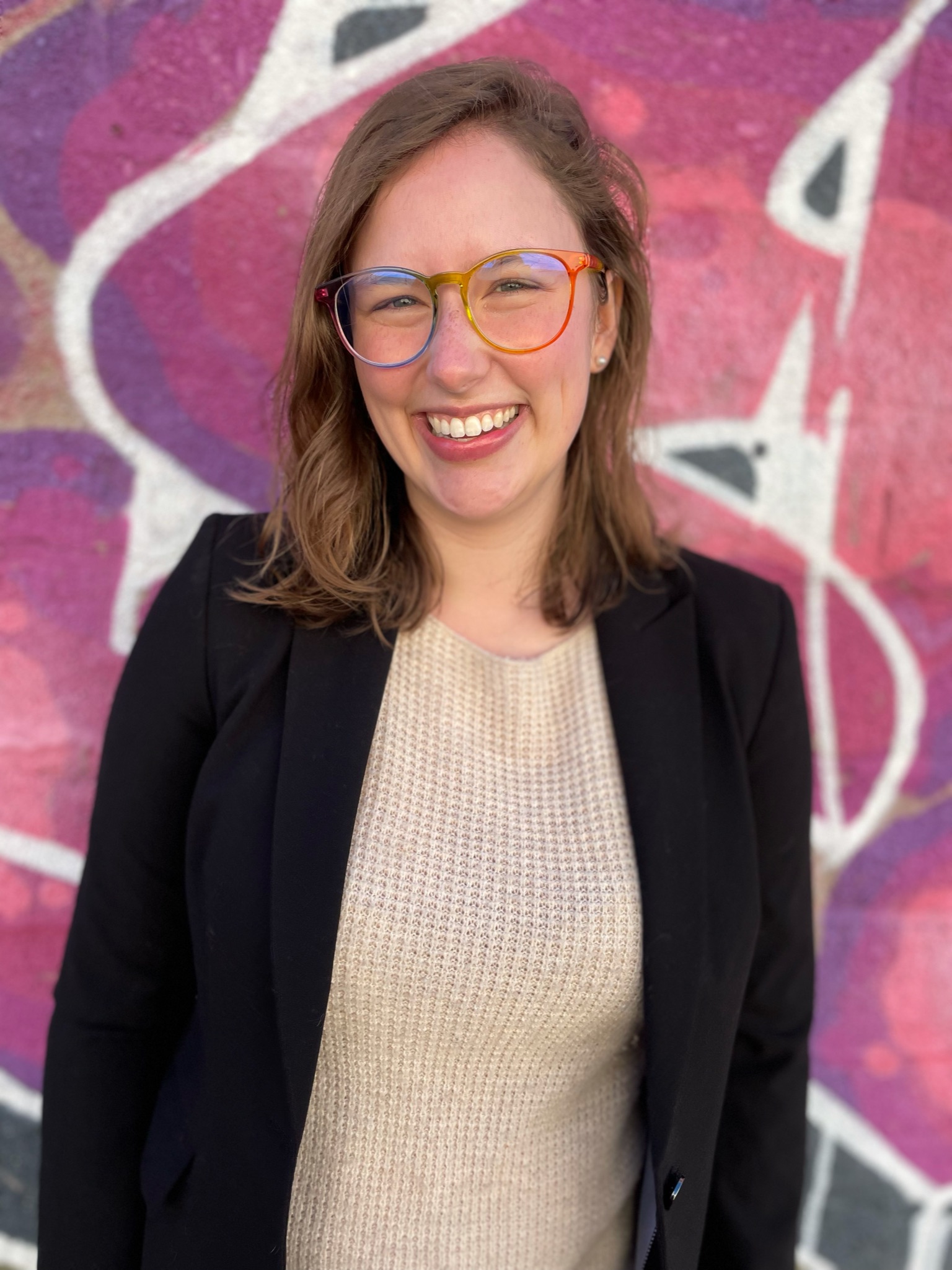LGBTQ+
Examining the effects of intersectional minority stress, community connectedness, and dispositional resilience on experiential avoidance in the LGBTQIA+ Community
(PS8-42) Examining the Effects of Intersectional Minority Stress, Community Connectedness, and Dispositional Resilience on Experiential Avoidance in the LGBTQIA+ Community

Adrienne B. Manbeck, B.A.
Graduate Student
University of Minnesota - Psychology Department
Eden Prairie, Minnesota, United States- LR
Lynette M. Renner, Ph.D., LICSW, MSW
Professor, Director of Graduate Studies
University of Minnesota, School of Social Work
Saint Paul, Minnesota, United States - KM
Katerina Marcoulides, Ph.D.
Professor
University of Minnesota, Psychology Department
Minneapolis, Minnesota, United States
Author(s)
Co-Author(s)
As the field of intervention sciences develops increasing awareness of the importance of patient identity and lived experiences in influencing treatment approaches, adequate understanding of the interaction between societal systems of oppression remains critical. The minority stress model offers insight into the influence of societal marginalization on individuals in the lesbian, gay, bisexual, transgender, queer, intersex, asexual, and expansive (LGBTQIA+) community (Meyer, 2003). Higher levels of minority stress consistently predict higher levels of anxiety disorders, post-traumatic stress disorder, depression, unhelpful substance use, and suicide behaviors (e.g., Bergero-Miguel et al., 2016; Brenner, 2016; Hafeez et al., 2017; M. King et al., 2008; I. H. Meyer, 2003; Ogrady, 2020; Peltzer & Pengpid, 2016; Shipherd et al., 2021; van Beusekom et al., 2016). Recently, scholars have urged for an intersectional perspective on minority stress within the LGBTQIA+ community, particularly focused on outcomes among LGBTQIA+ people who identify as Black, Indigenous, Asian or as a Person of Color (BIAPoC) (Hoy-Ellis, 2021; Tan et al., 2020).
In this study, we examined the impacts of intersectional minority stress exposure, measured by the LGBT People of Color Microaggressions Scale, on avoidance behaviors, measured by the Multidimensional Experiential Avoidance Questionnaire, among a sample of BIAPoC LGBTQIA+ individuals (N = 97). Avoidance was the outcome of interest because it is robustly associated with negative mental health outcomes and is a rich target for therapeutic behavioral intervention across diagnoses (e.g., Foa, 2011). Using linear modeling, we estimated the main and interaction effects of intersectional minority stress and protective factors on avoidance. Protective factors included: dispositional resilience, coping skills, social support, family support, and degree of connection with the LGBTQIA+ community. Results revealed a significant relationship between avoidance and the model predictors, F(11, 85)=5.46, p< .0001. Dispositional resilience and community connectedness were the only predictors that remained significant after imposing Benjamini-Hochberg correction for multiple comparisons. Counter to our hypotheses, we found that higher levels of community connectedness predicted higher levels of avoidance, B=19.1812, t(85)=2.6674, p=.0366. Although research among White LGBTQIA+ people suggest that community connection is a protective factor against mental health concerns (e.g., Ceatha et al., 2019; Valentine & Shipherd, 2018; Wardecker & Matsick, 2020), results have been less consistent for BIAPoC LGBTQIA+ people (Noyola et al., 2020). The putative explanation for this discrepancy is that BIAPoC people face discrimination from within the LGBTQIA+ community (Johnson, 2019). As such, connection with other BIAPoC LGBTQIA+ people may be more protective for BIAPoC LGBTQIA+ people than connection with LGBTQIA+ community at large. Future research efforts in this area should include participatory methods and more inclusive measures in order to capture how multiple social identities relate to community connectedness.

.png)
